Why does conformational flexibility matter in drug design?
What are conformational ensembles? A conformational ensemble is a collection of the different 3D shapes a molecule can adopt in…

What are conformational ensembles? A conformational ensemble is a collection of the different 3D shapes a molecule can adopt in…

Introduction 3D molecular modelling plays a vital role in modern drug discovery, offering powerful applications to streamline research, reduce costs,…

The QuanSA method To define a ‘pocket field’, an initial alignment of all training molecules is constructed and function parameters…
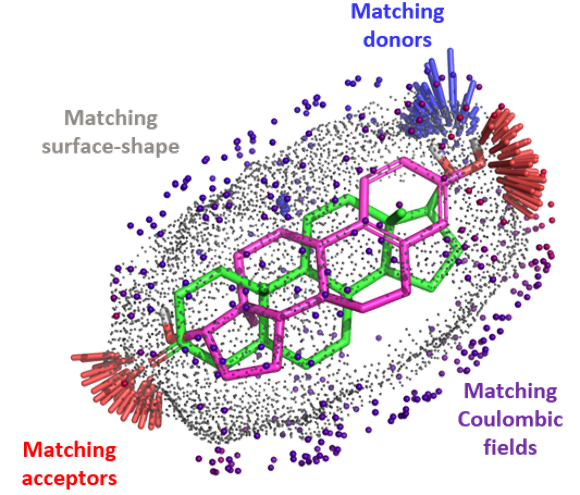
Binding affinity prediction continues to be a challenge in computer-aided drug design, especially in the absence of a high-quality target…

Scaffold replacement as part of an optimisation process that requires maintenance of potency, desirable biodistribution, metabolic stability, and considerations of synthesis at very large scale is a complex challenge.
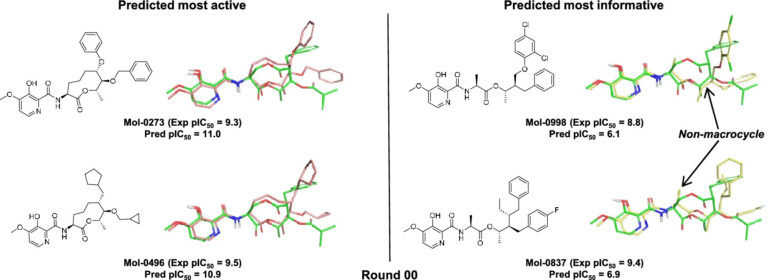
We present results on the extent to which physics-based simulation (exemplified by FEP+) and focused machine learning (exemplified by QuanSA) are complementary for ligand affinity prediction.
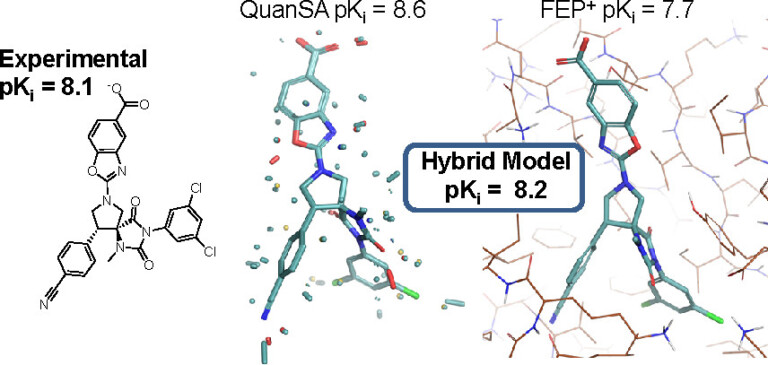
We introduce the QuanSA method for inducing physically meaningful field-based models of ligand binding pockets based on structure-activity data alone.
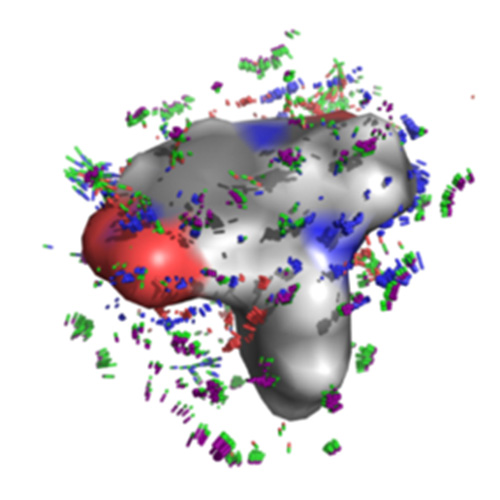
Surflex-QMOD integrates chemical structure and activity data to produce physically-realistic models for binding affinity prediction.
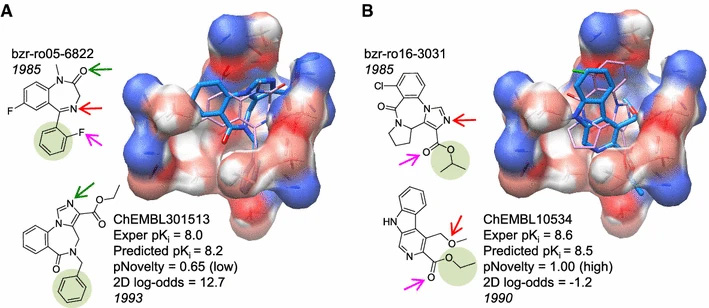
We present a hybrid structure-guided strategy that combines molecular similarity, docking, and multiple-instance learning such that information from protein structures can be used to inform models of structure–activity relationships.

Computational approaches for binding affinity prediction are most frequently demonstrated through cross-validation within a series of molecules or through performance shown on a blinded test set. Here, we show how such a system performs in an iterative, temporal lead optimization exercise. A series of gyrase inhibitors with known synthetic order formed the set of molecules that could be selected for “synthesis.”
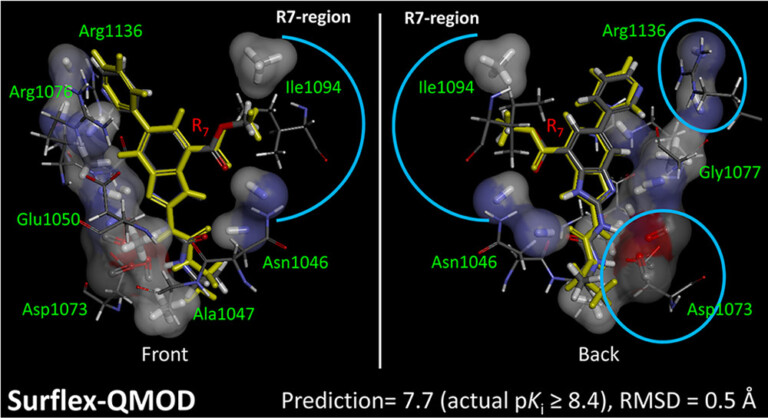
This article discusses logic fallacies in the context of off-target predictive modelling.

Optibrium’s QuanSA 3D-QSAR method uses an active learning approach to successfully and more efficiently identify a mimic of a macrocyclic natural product
